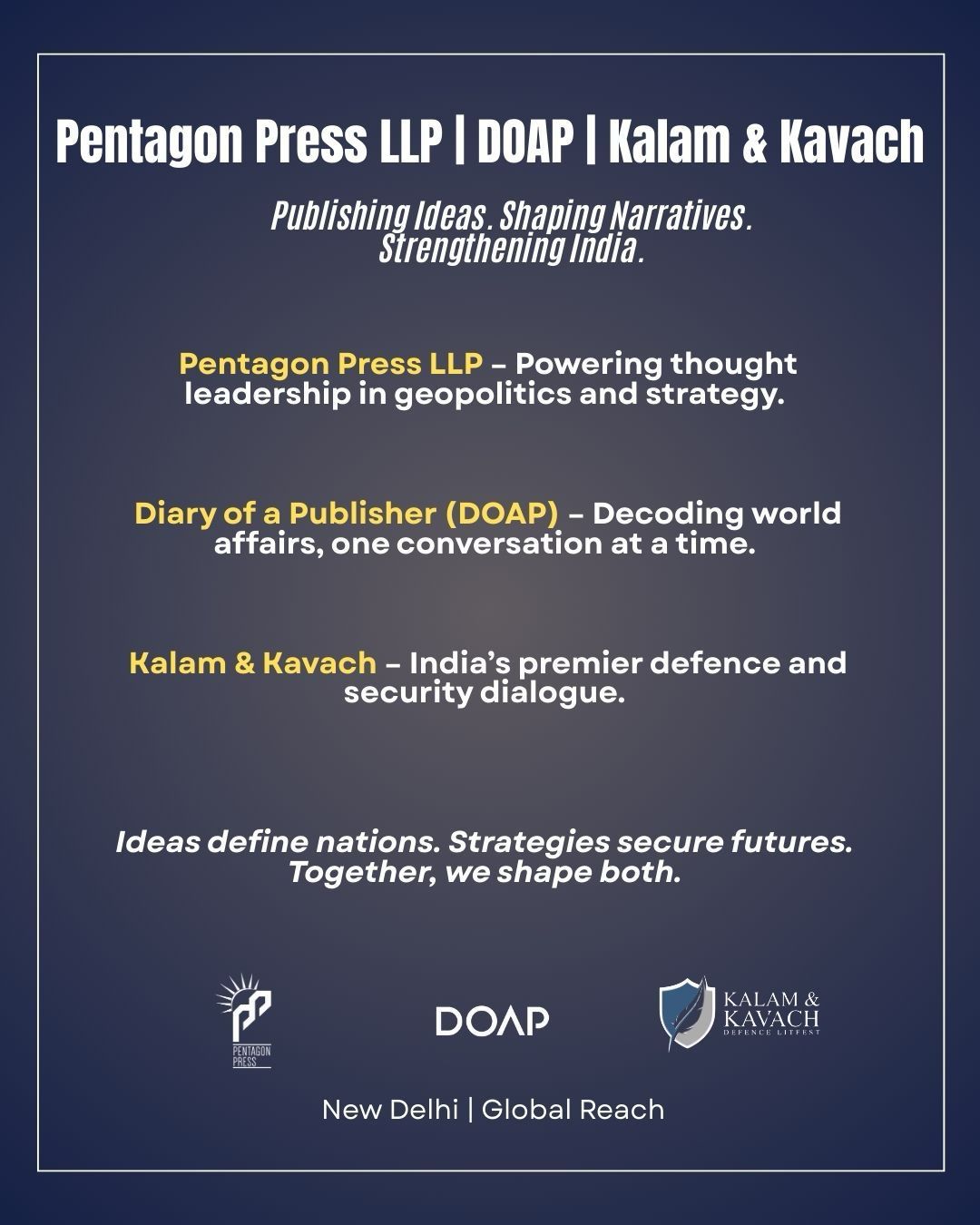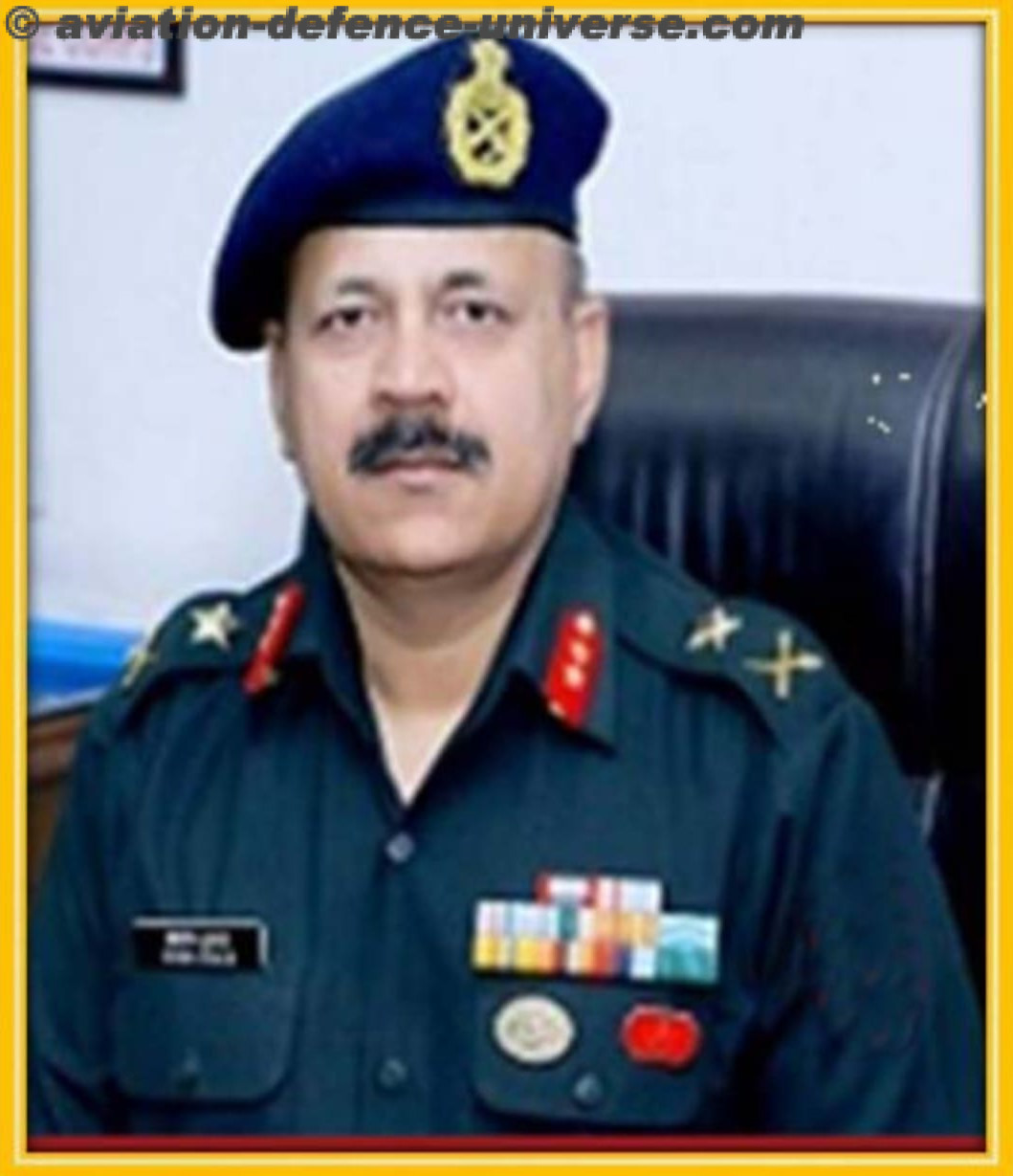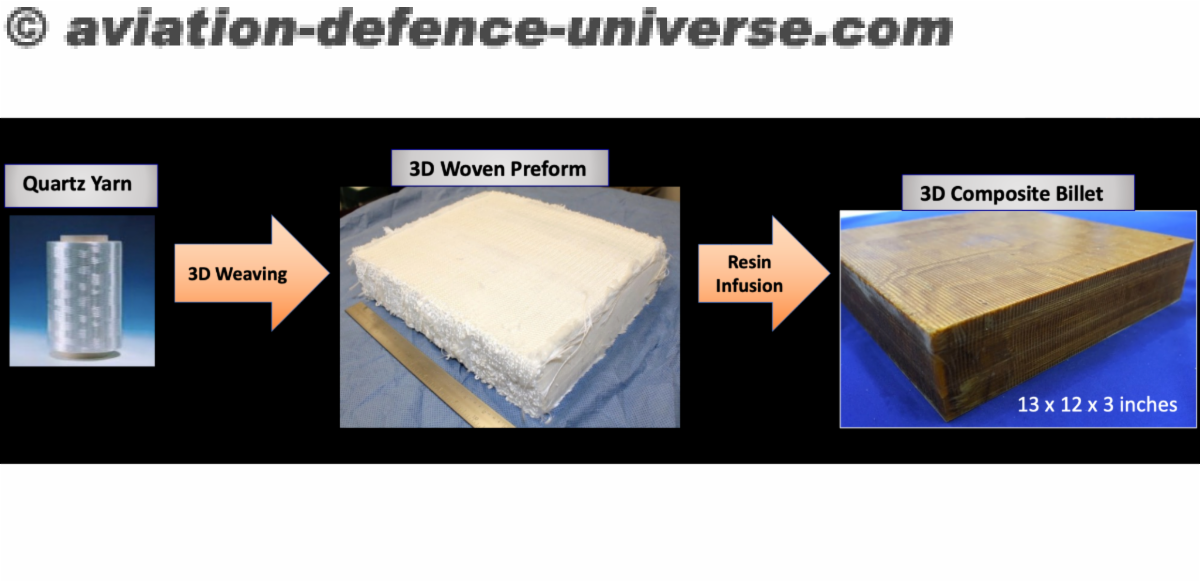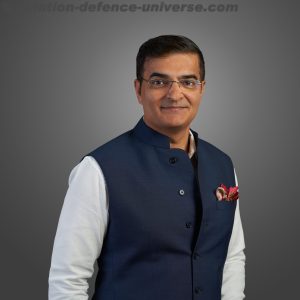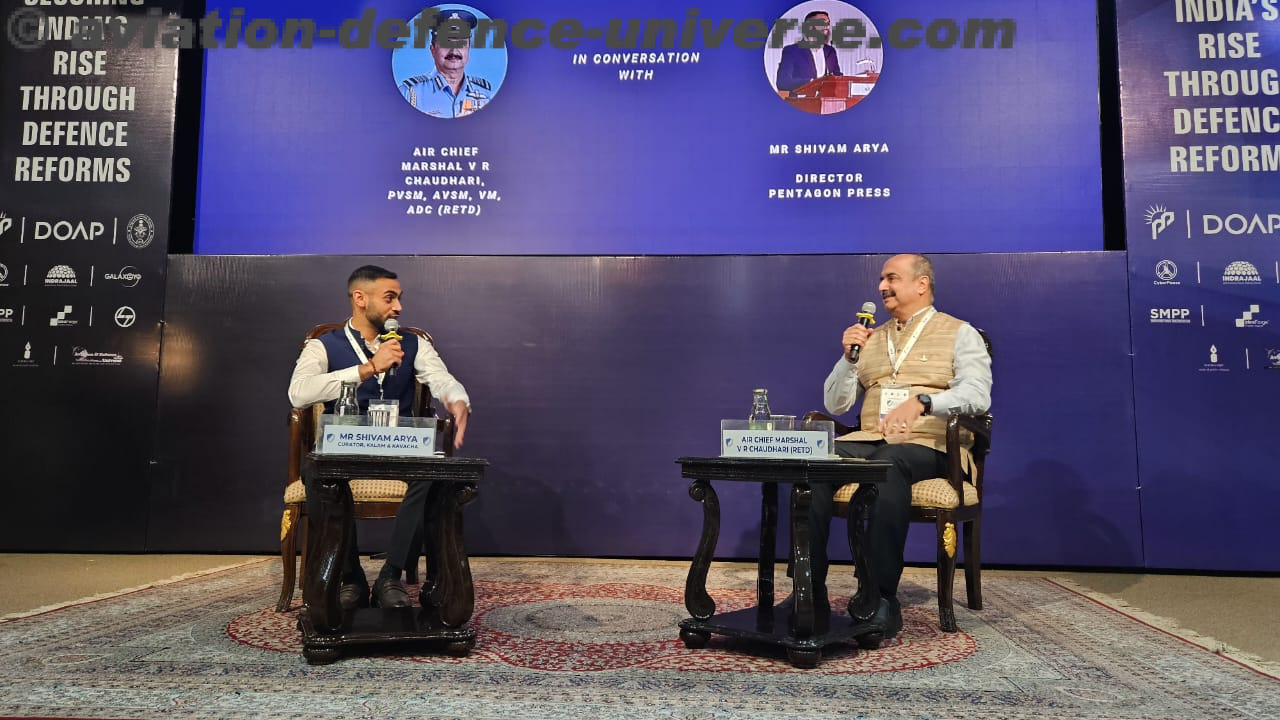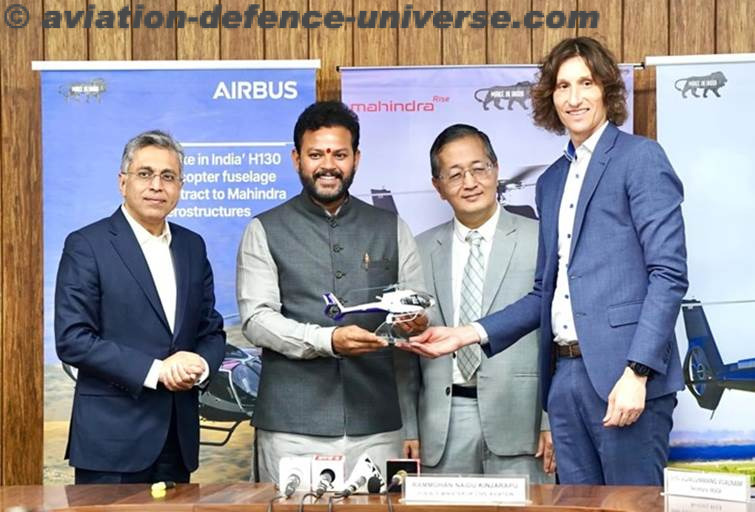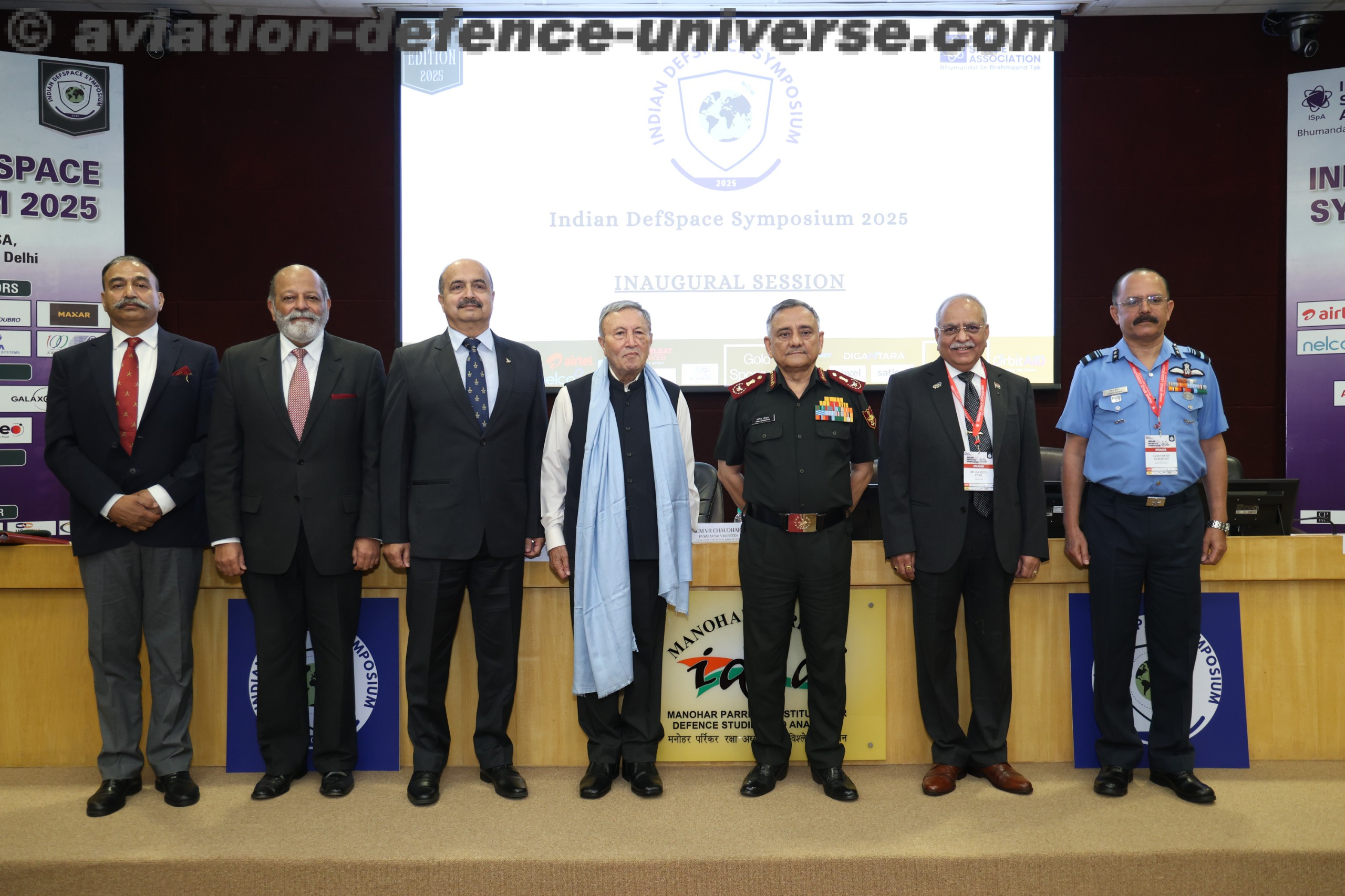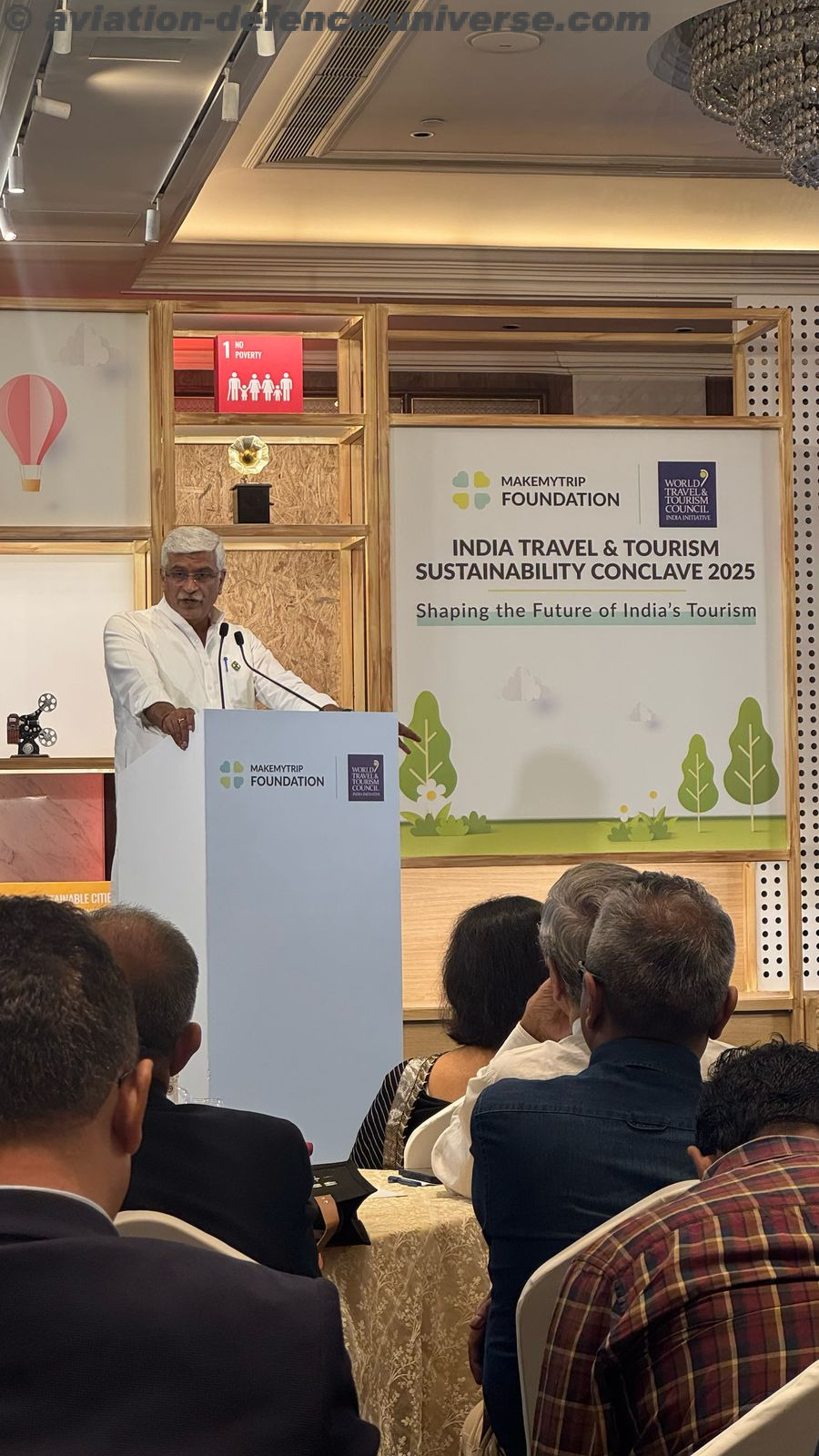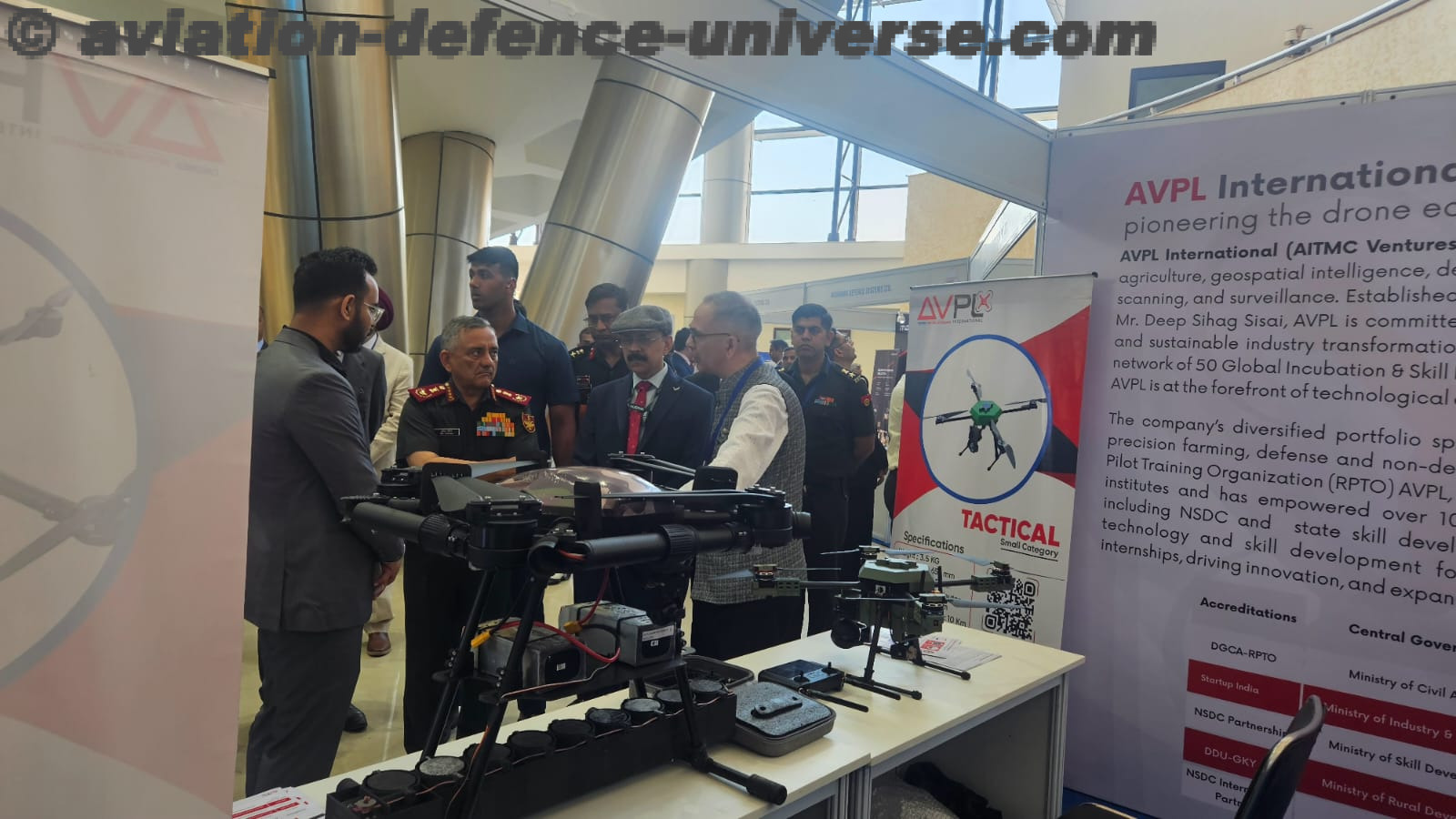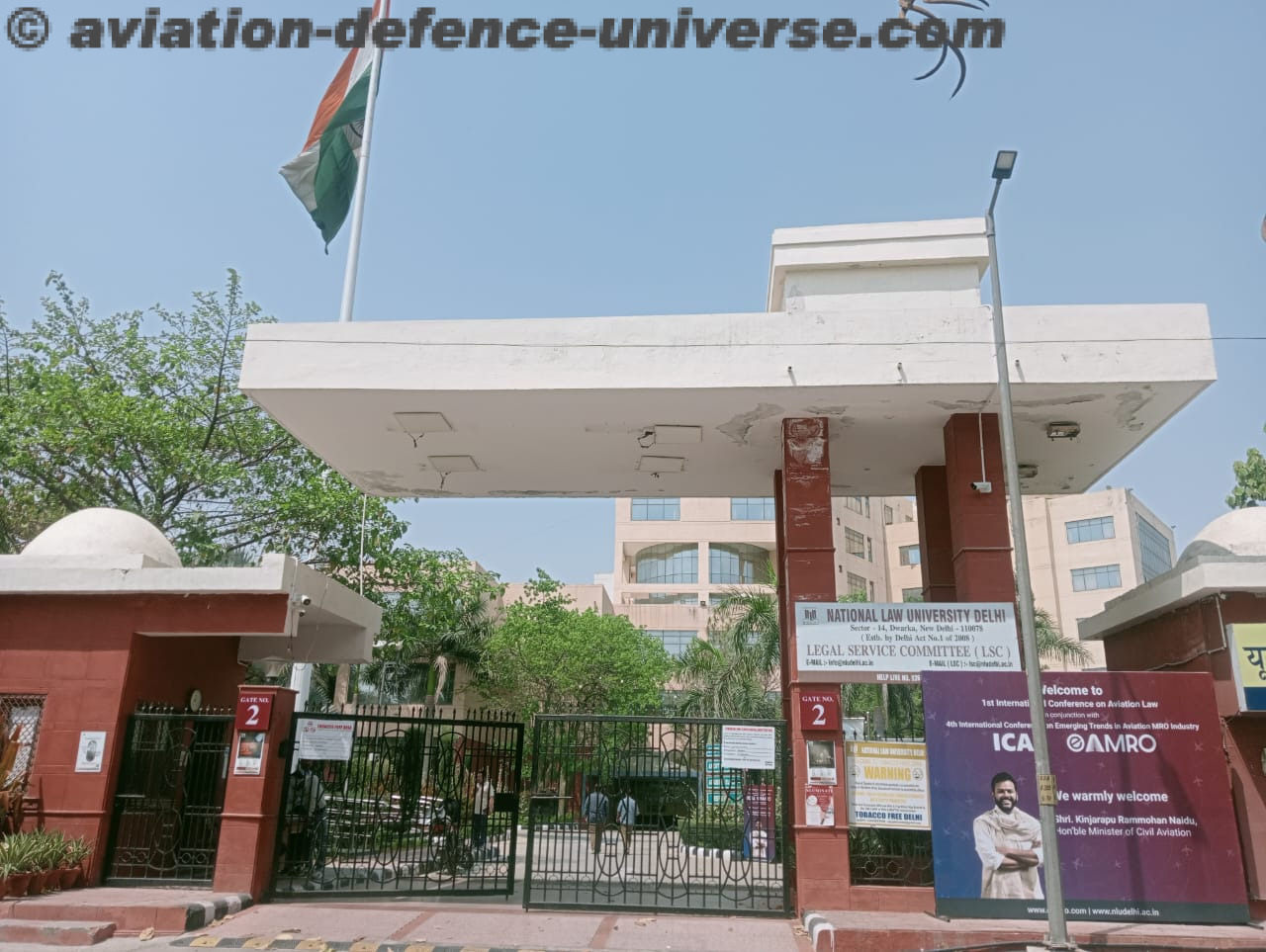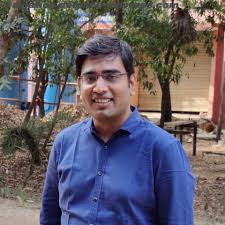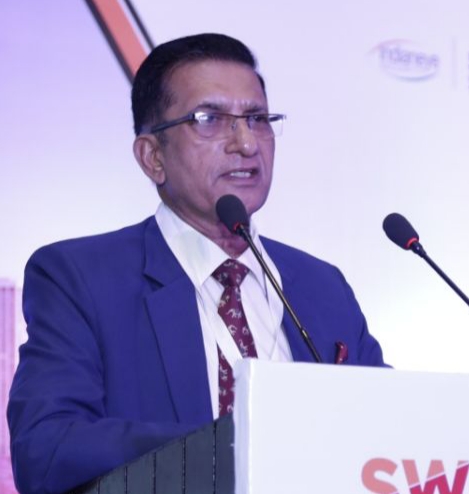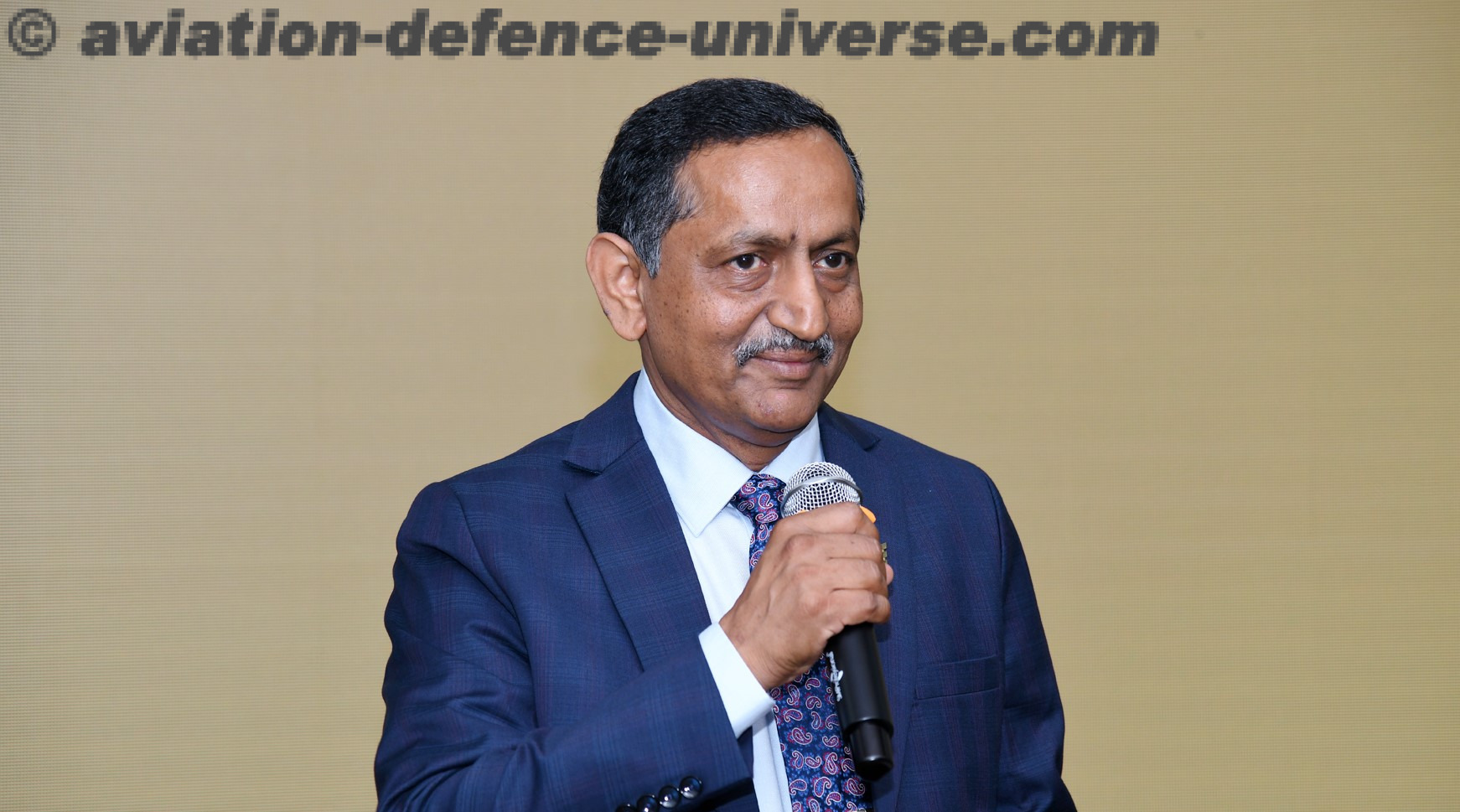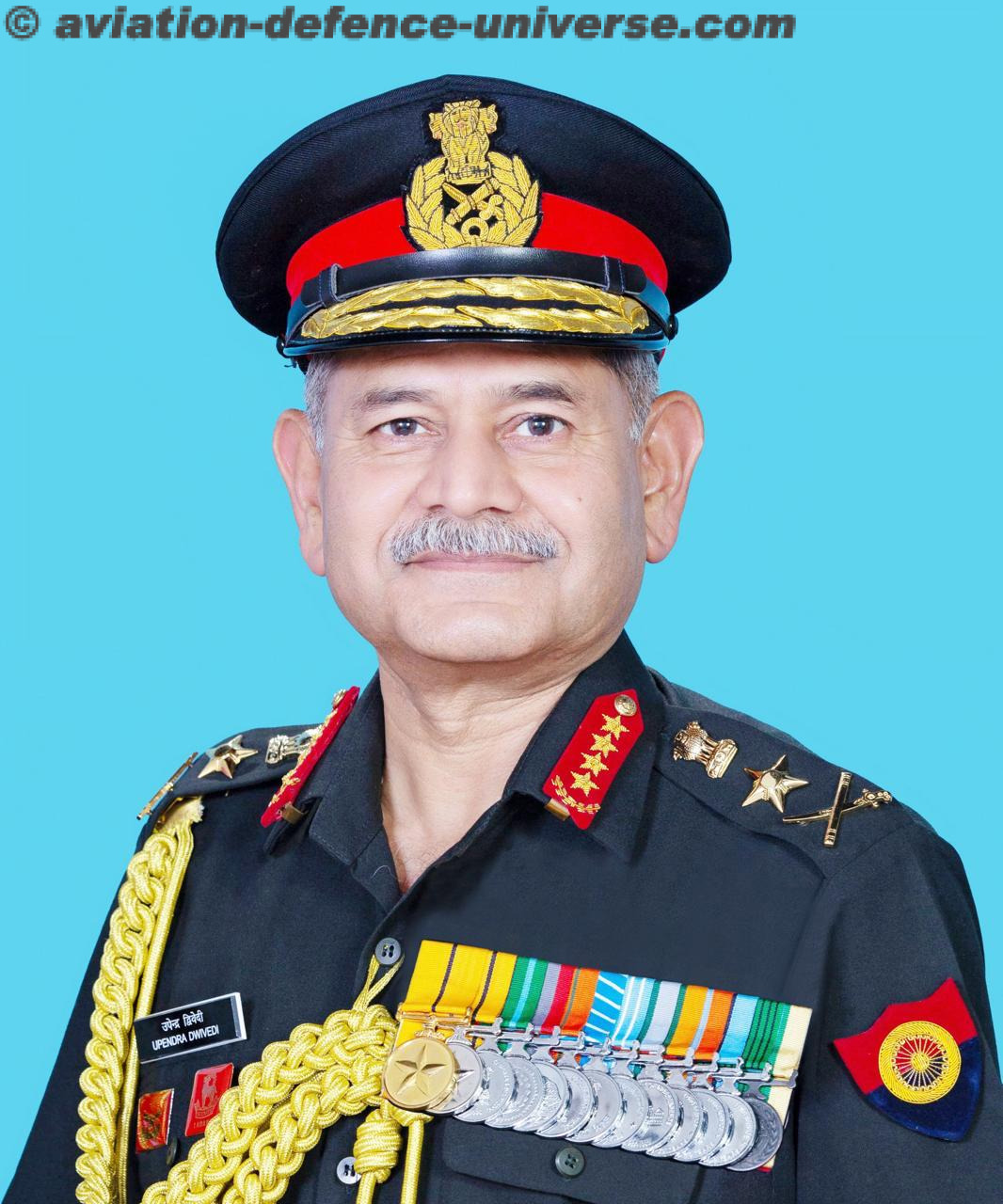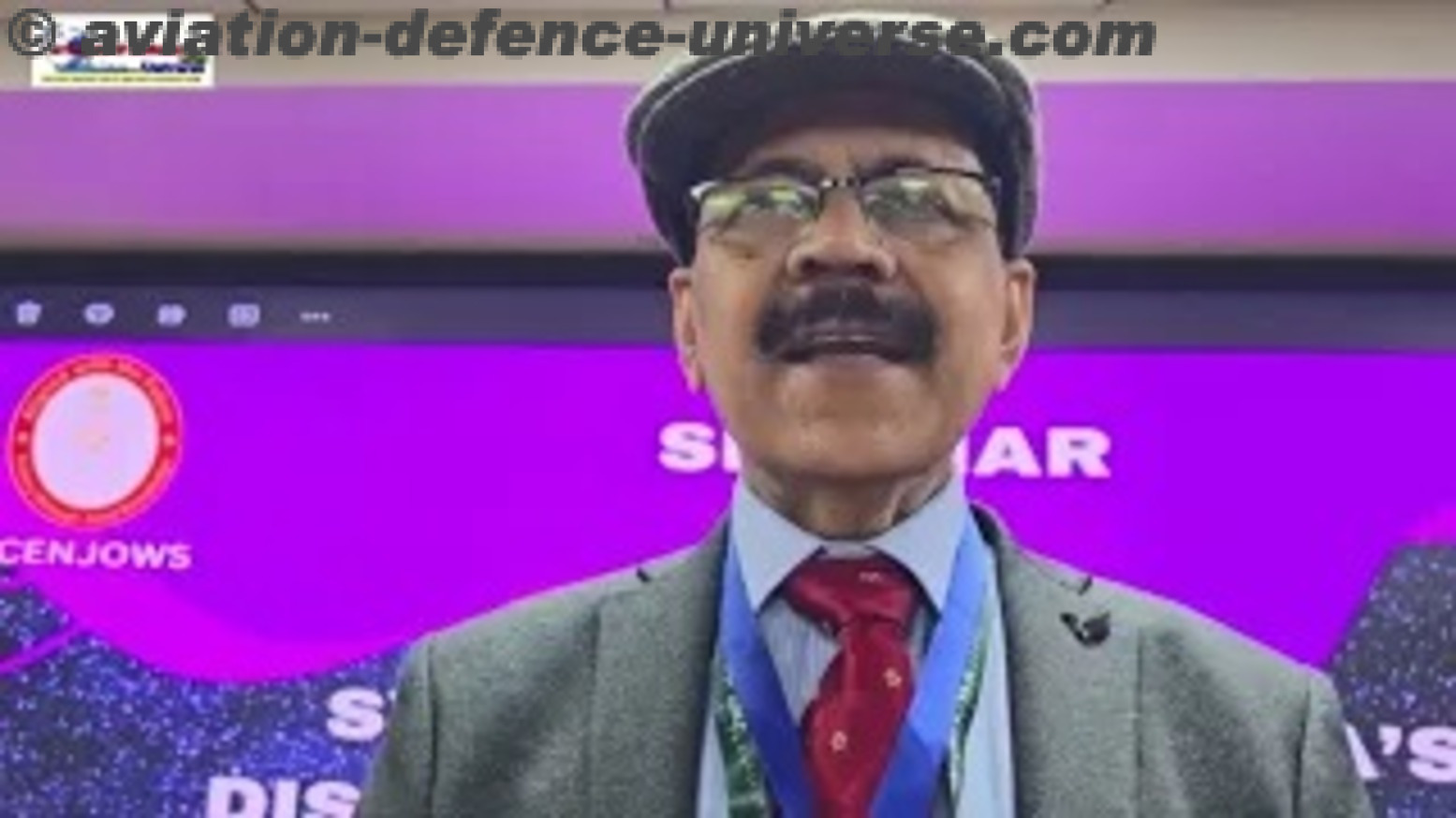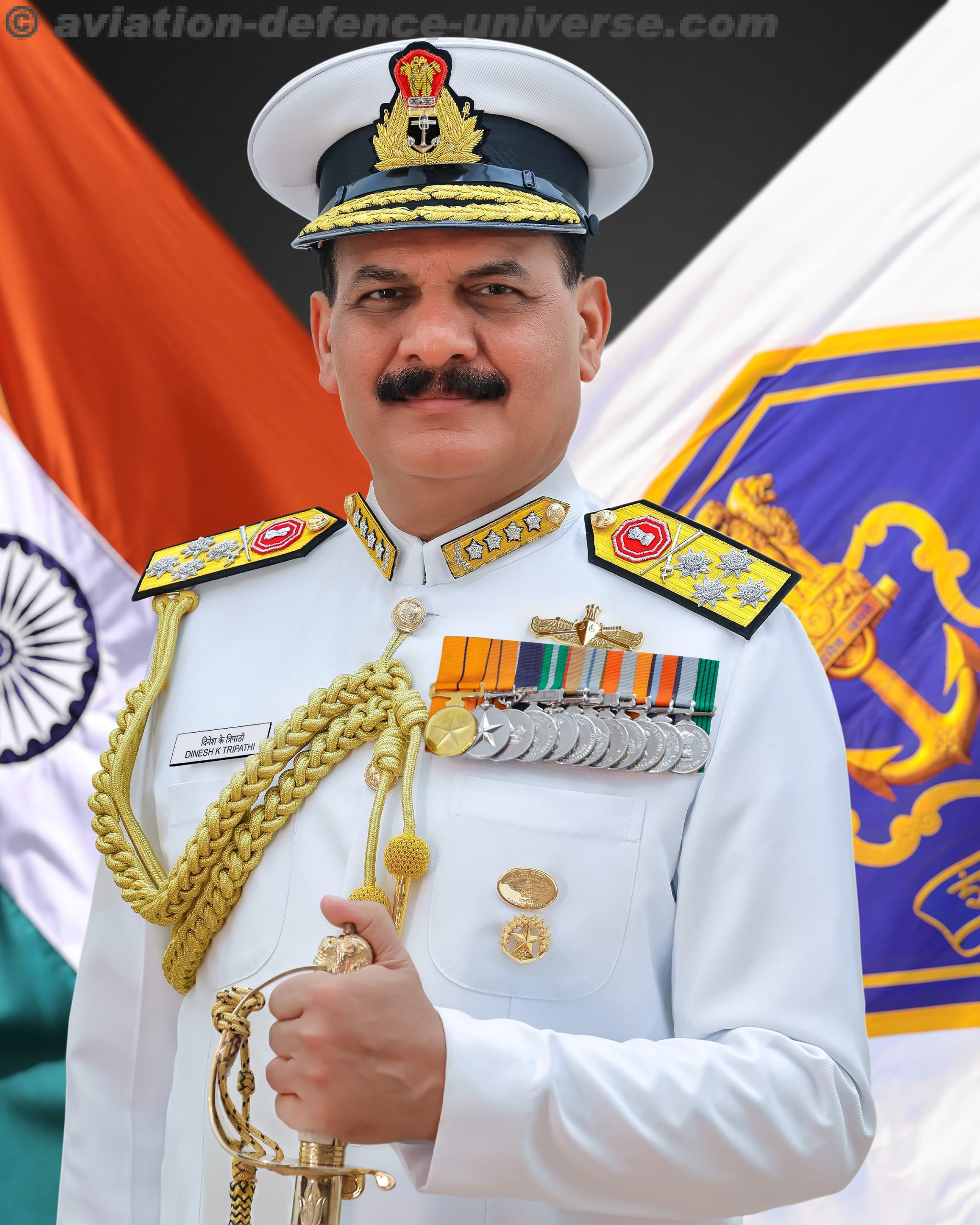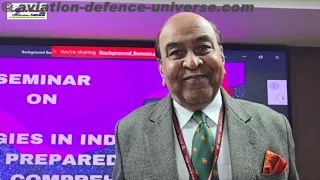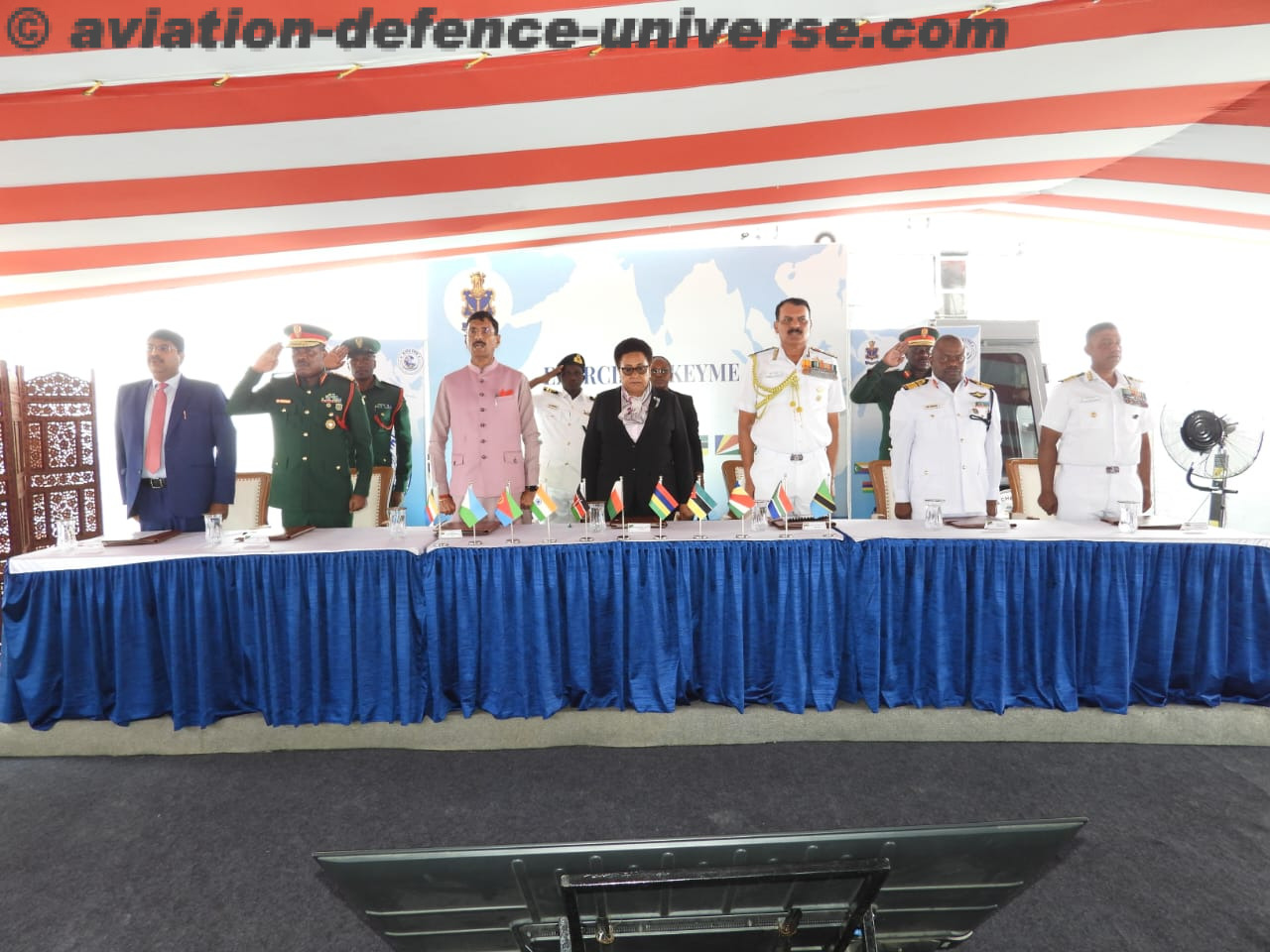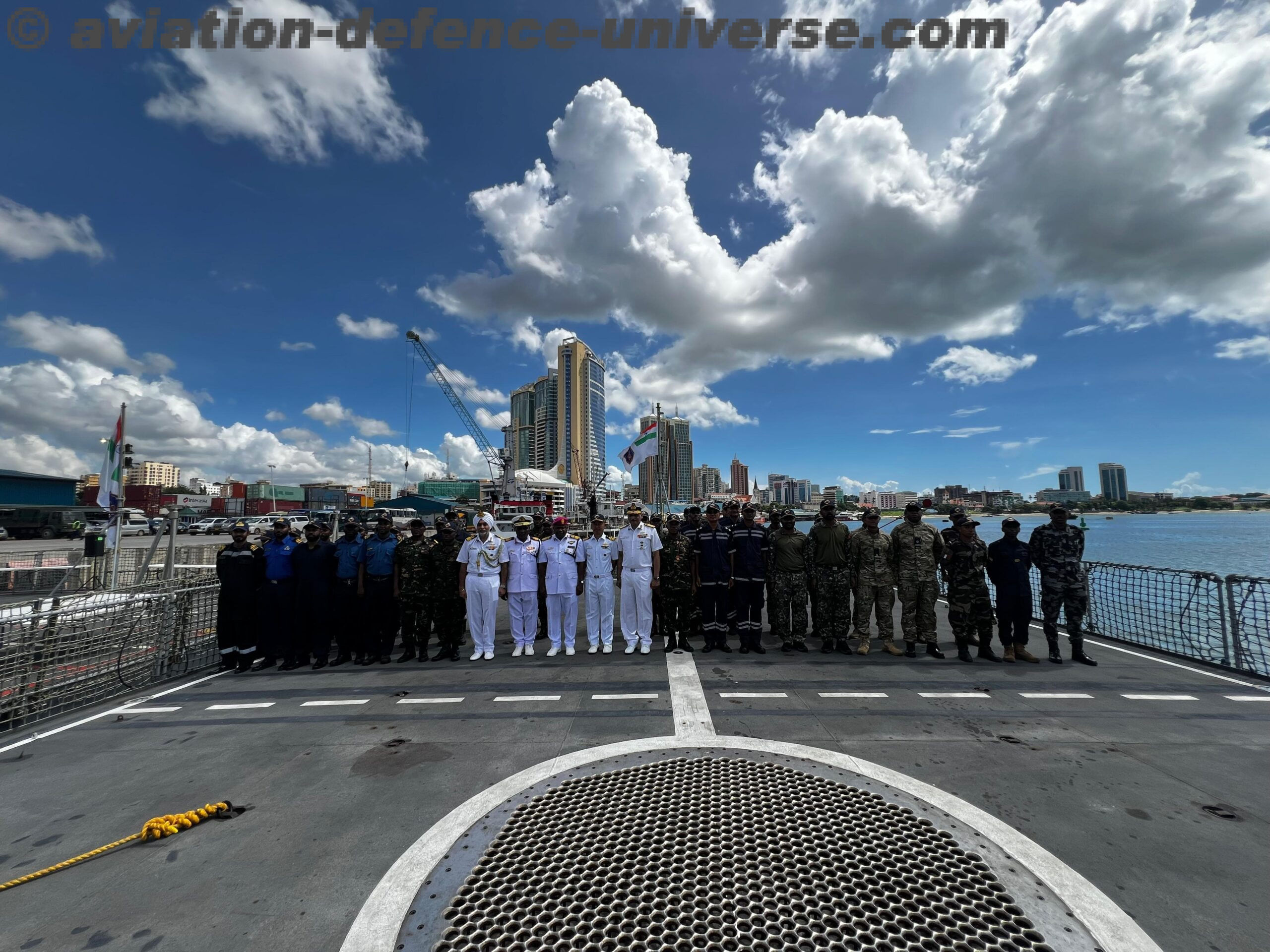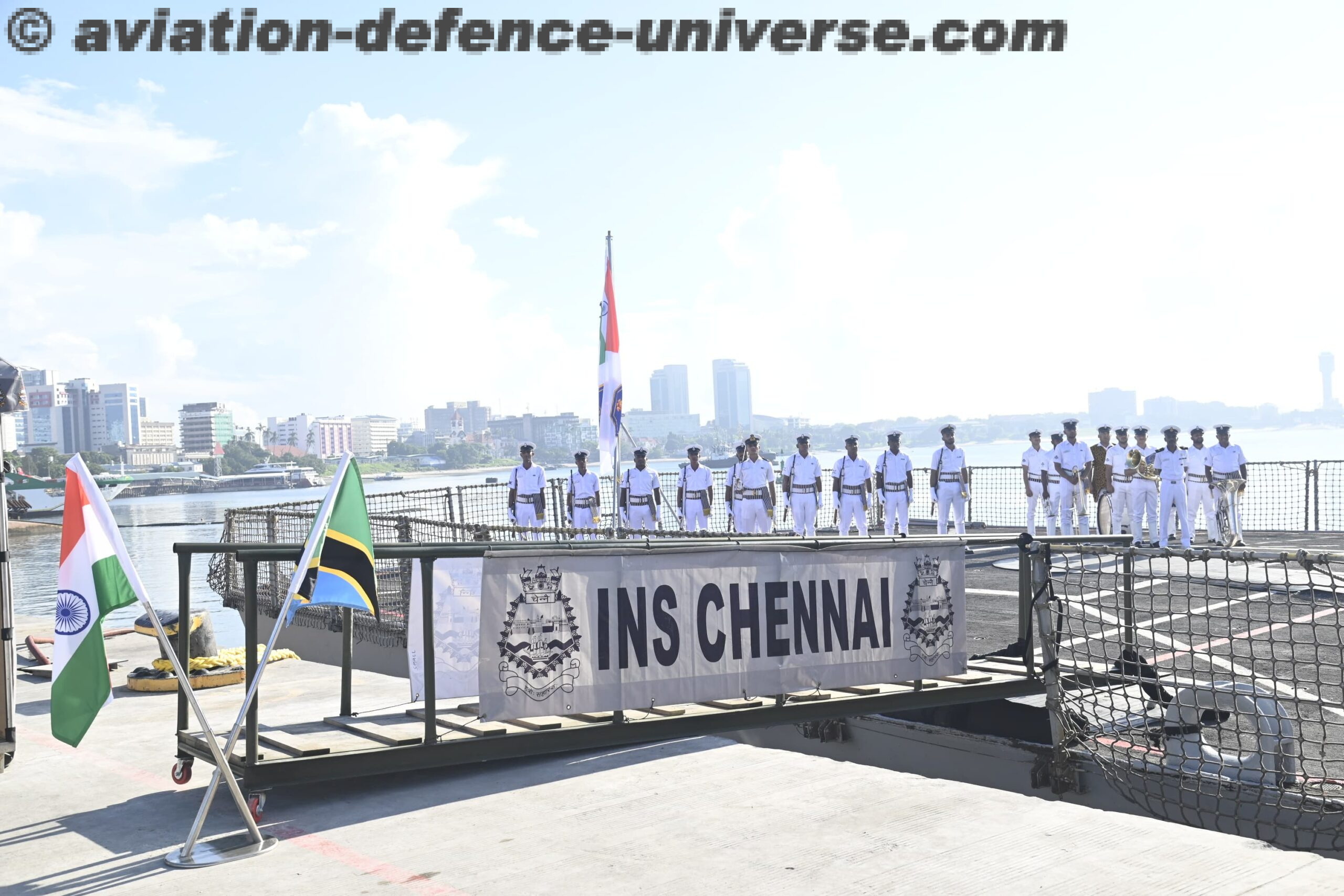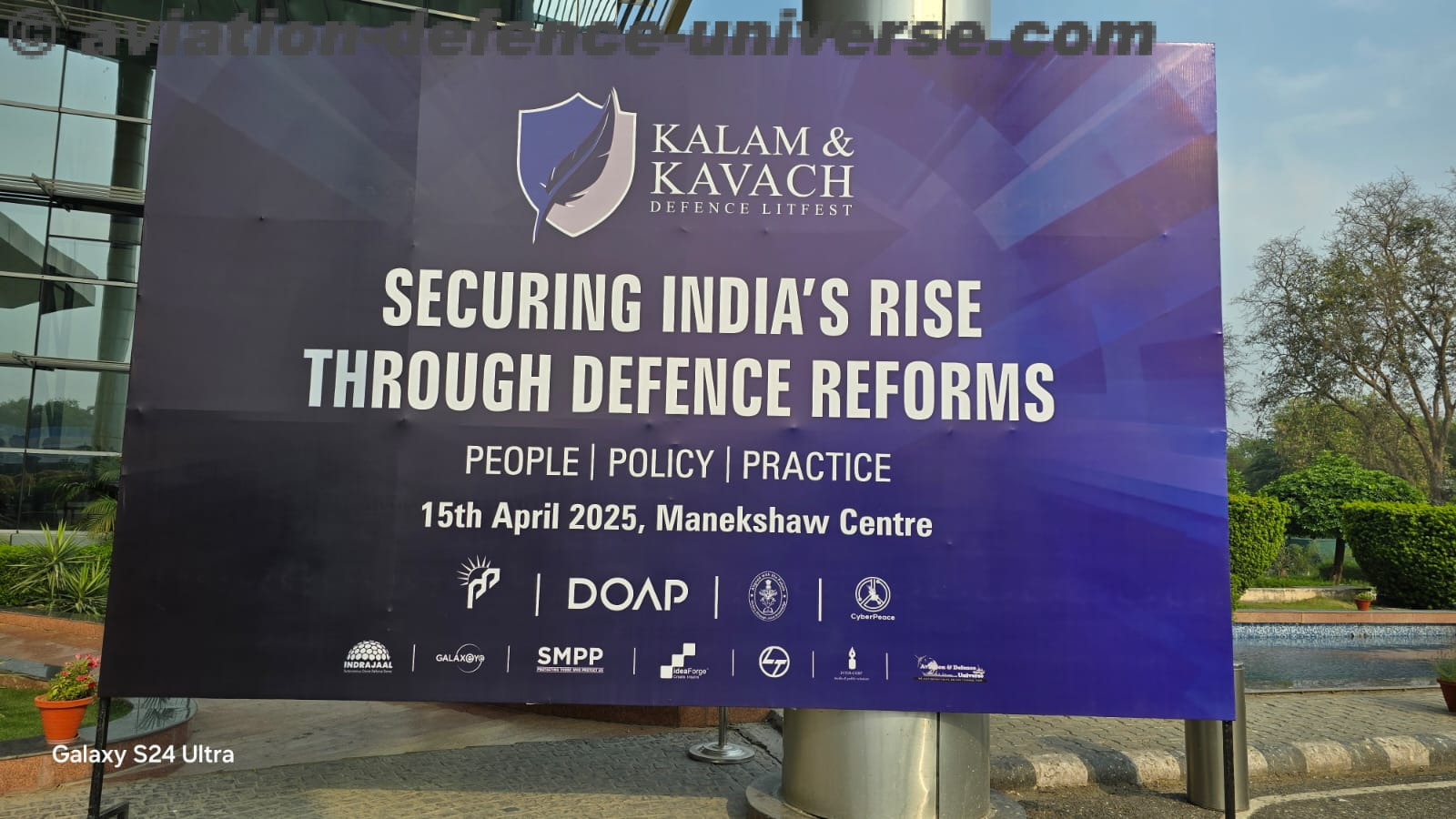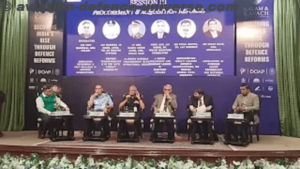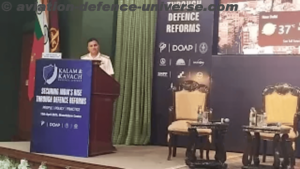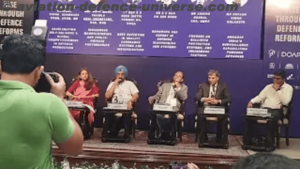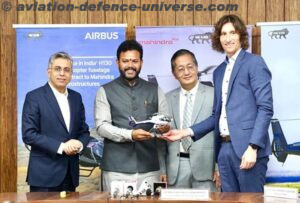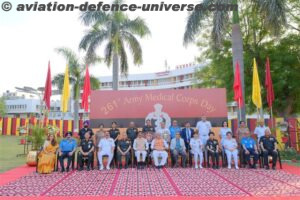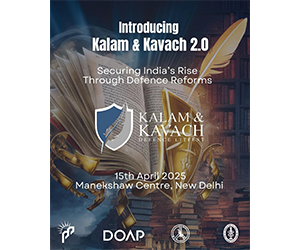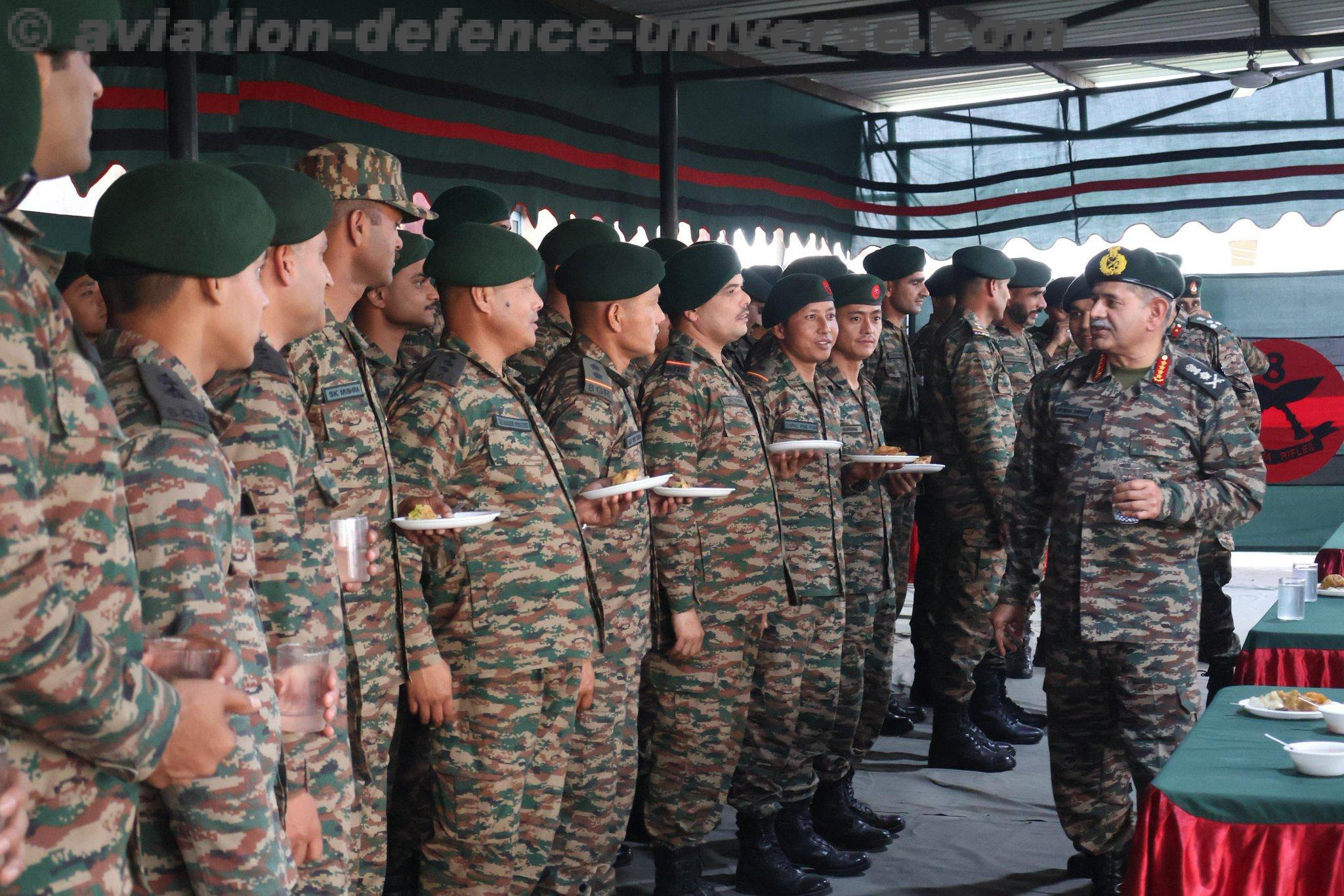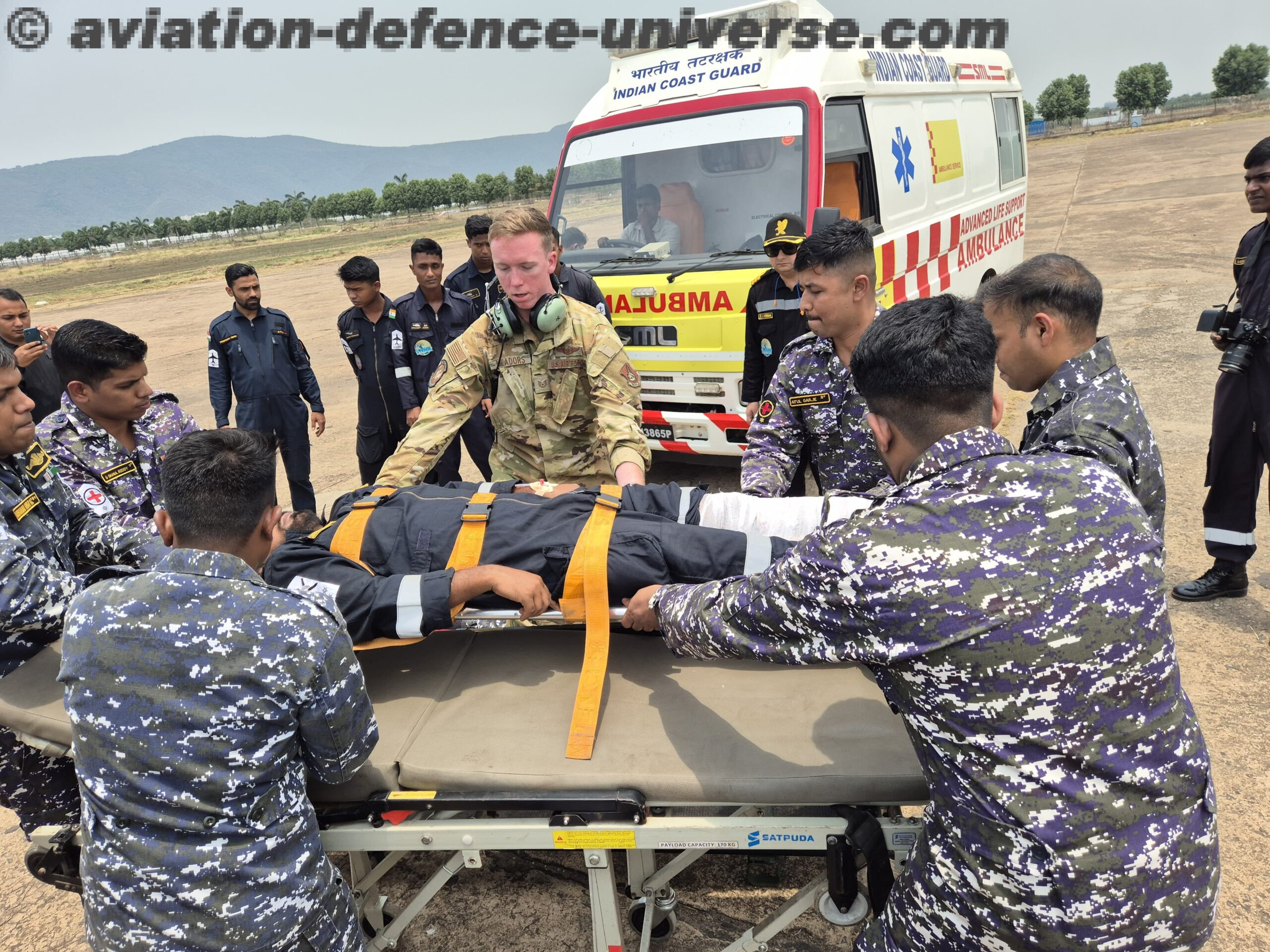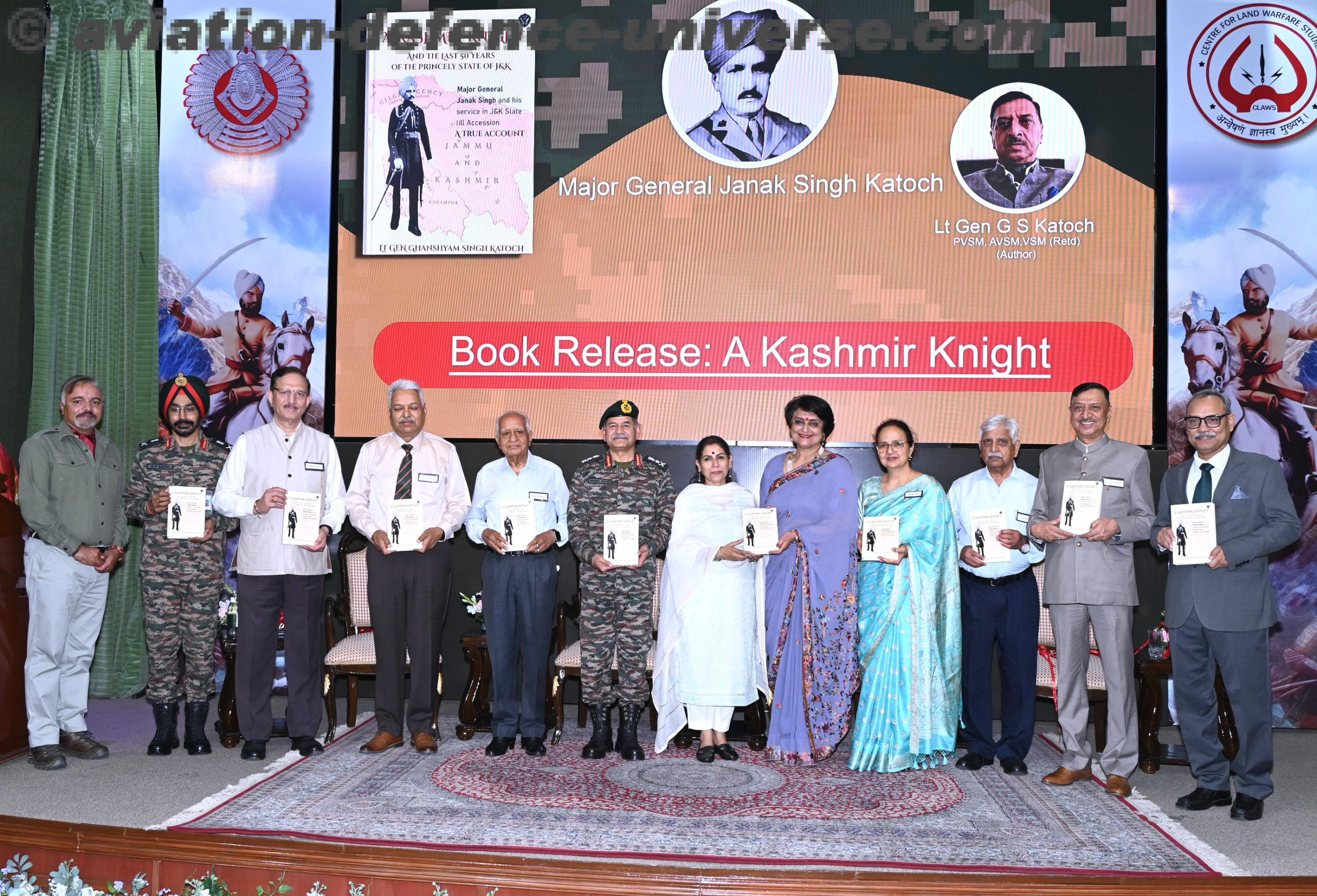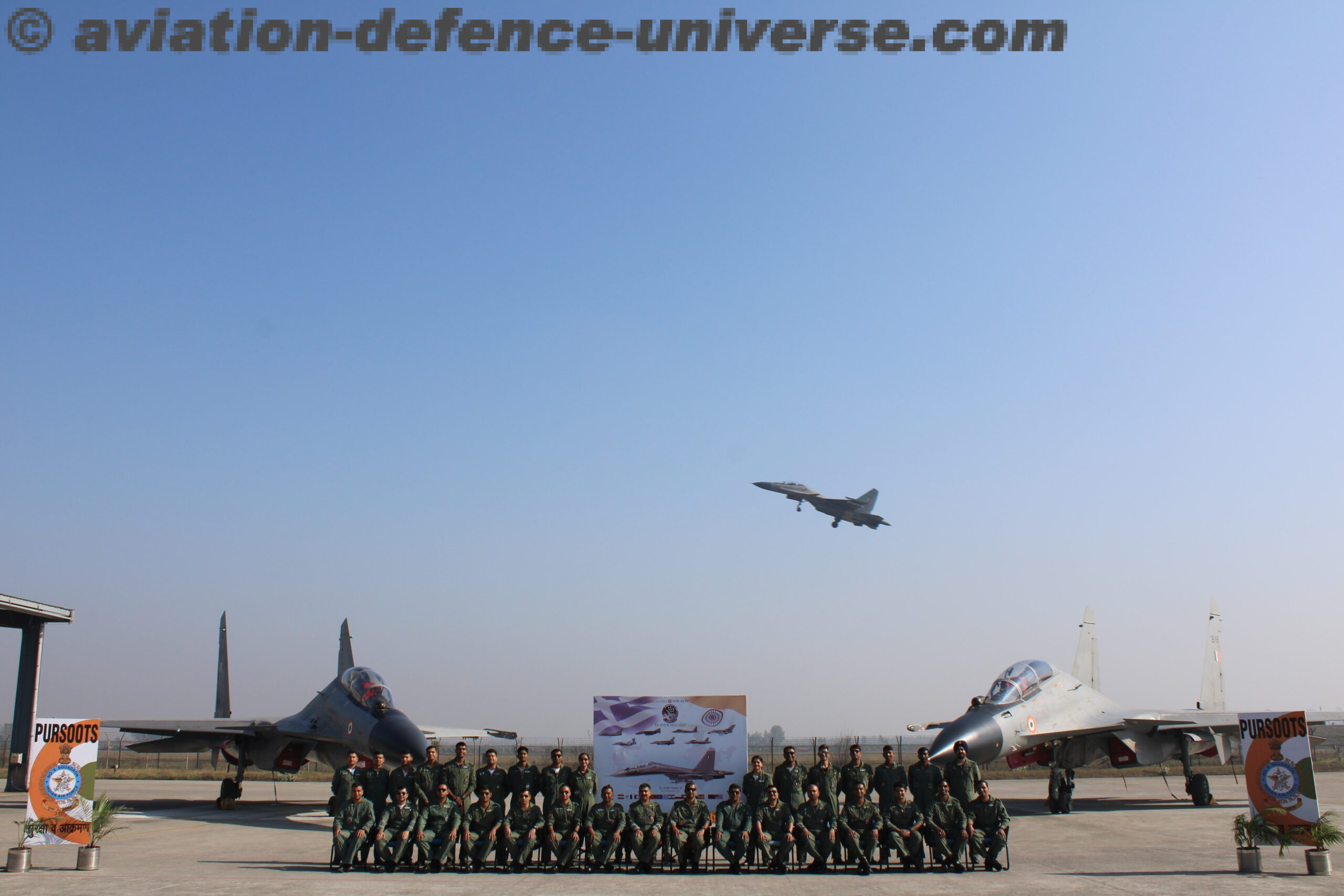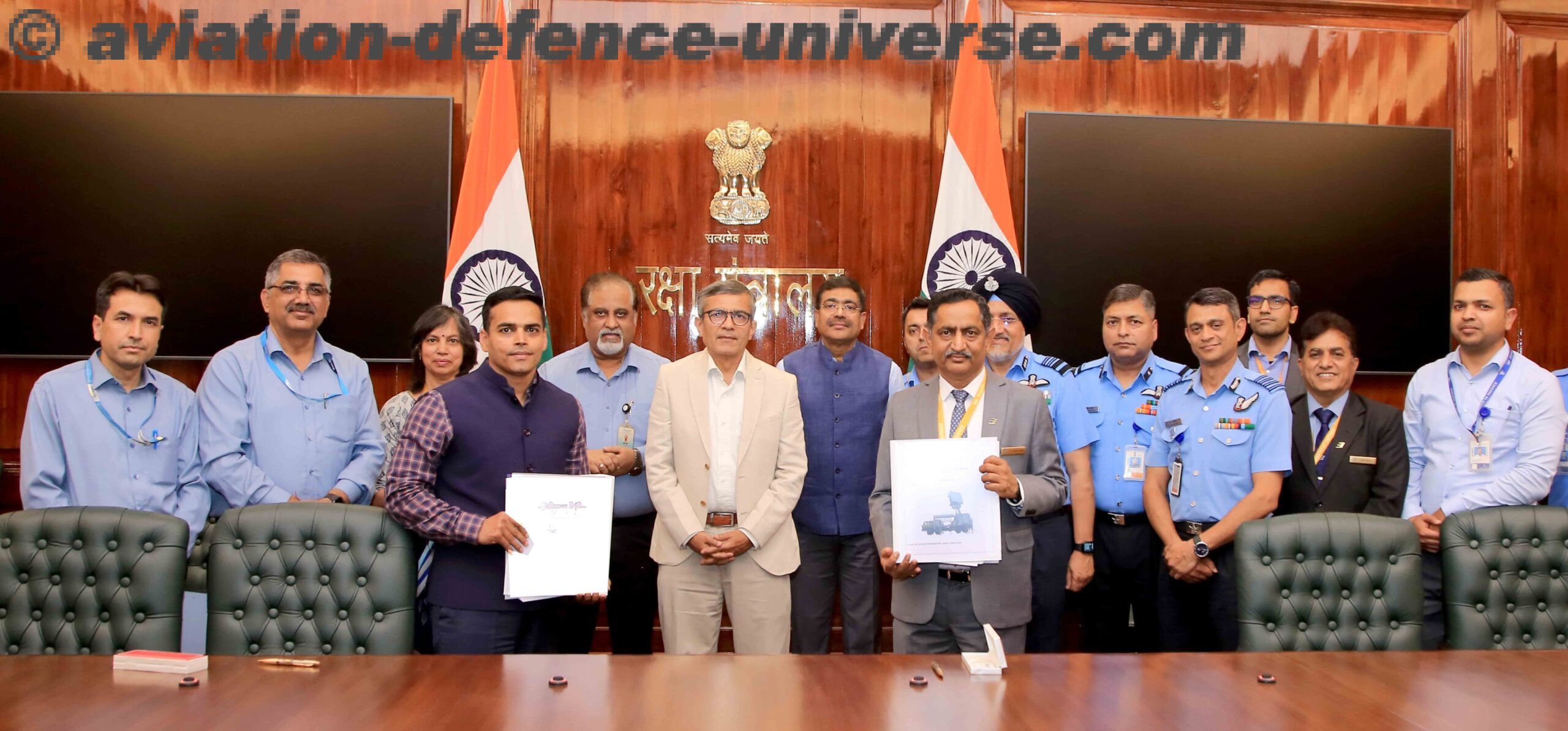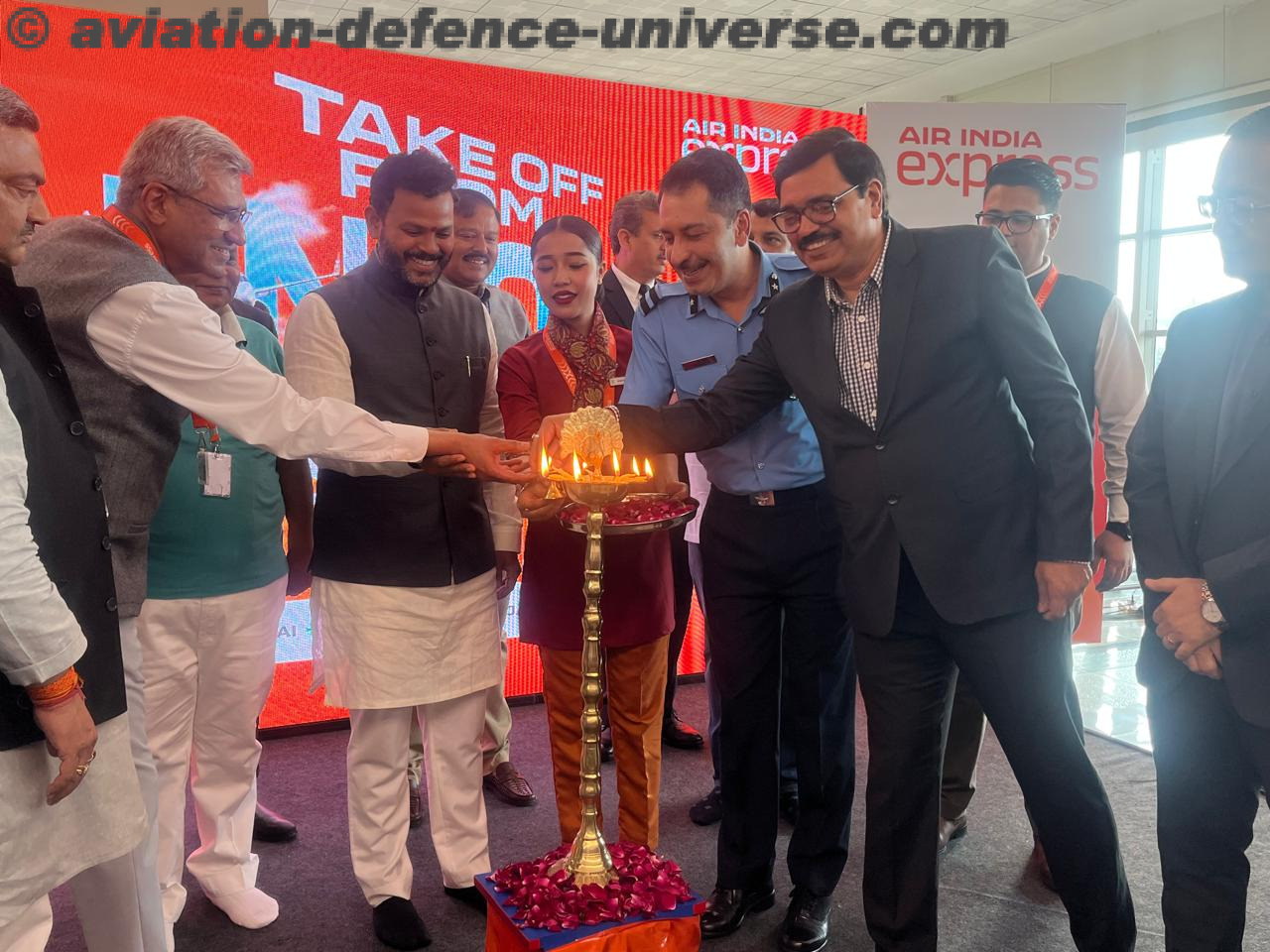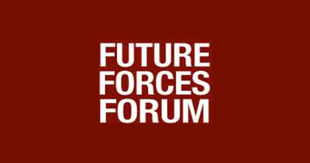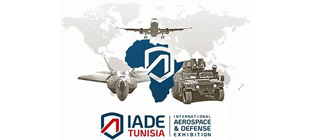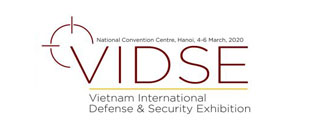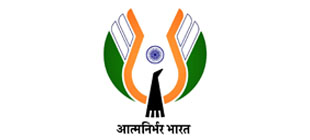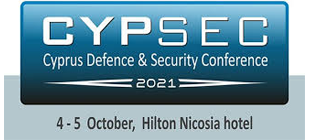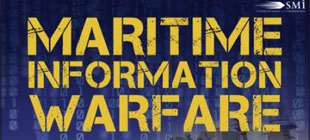By Sangeeta Saxena
New Delhi. 15 April 2025. Under the soaring dome of the Manekshaw Centre, India’s strategic community gathered for Kalam & Kavach 2.0 — a defence literature and policy conclave that transcended ceremony and delved deep into the architecture of India’s future warfighting capabilities. With the theme “2025: The Year of Reforms,” the event brought together voices from the armed forces, think tanks, industry, startups, and government to reimagine India’s path to self-reliance, speed, and synergy in defence.
 Organised by Pentagon Press in collaboration with the Centre for Joint Warfare Studies (CENJOWS) and the Diary of a Publisher (DOAP), the event was as much about intellectual transformation as it was about national readiness. It laid bare one message: India’s defence discourse must no longer be confined to seminars—it must shape strategy, stimulate policy, and spark decisive, indigenous action.
Organised by Pentagon Press in collaboration with the Centre for Joint Warfare Studies (CENJOWS) and the Diary of a Publisher (DOAP), the event was as much about intellectual transformation as it was about national readiness. It laid bare one message: India’s defence discourse must no longer be confined to seminars—it must shape strategy, stimulate policy, and spark decisive, indigenous action.
Held on April 15, 2025, the festival brought together an impressive assembly of military strategists, policymakers, technologists, and defence industry leaders. As India navigates the “Year of Reforms,” declared by Defence Minister Rajnath Singh, the event explored how innovation, jointness, and self-reliance can fuel a future-ready force. It aligned closely with the Prime Minister’s vision of Aatmanirbhar Bharat, focusing on indigenous defence manufacturing and integrated operational capabilities.
Panel discussions delved into next-generation warfighting tools and tactics — ranging from artificial intelligence, drones, quantum computing, cyber warfare, and semiconductor technology, to space-based surveillance systems. Experts highlighted how these technologies are reshaping doctrines, deployments, and deterrence in the age of grey-zone and multi-domain warfare.
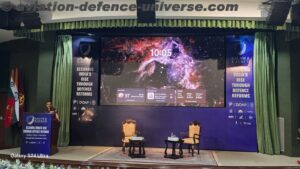 It was a strategic renaissance in motion. Setting the tone was Lt Gen Vipul Shinghal, who delivered the keynote address on behalf of the Chief of Defence Staff. “We are witnessing a renaissance in strategic thought,” he announced, revealing that 8 to 9 new doctrines were currently under development—each designed to support India’s theatre commands and integrate new-generation warfare capabilities. His remarks anchored the theme of the day: the urgent, ongoing reimagination of India’s military posture.
It was a strategic renaissance in motion. Setting the tone was Lt Gen Vipul Shinghal, who delivered the keynote address on behalf of the Chief of Defence Staff. “We are witnessing a renaissance in strategic thought,” he announced, revealing that 8 to 9 new doctrines were currently under development—each designed to support India’s theatre commands and integrate new-generation warfare capabilities. His remarks anchored the theme of the day: the urgent, ongoing reimagination of India’s military posture.
 At Kalam & Kavach 2.0, former Deputy National Security Advisor Pankaj Saran delivered a compelling address on India’s defence reforms, calling them a national necessity, not just a ministry initiative. Drawing on historical and global parallels, he urged stakeholders to move beyond blame games and embrace reform as a continuous, inclusive, and trust-driven process. He emphasized that strategic autonomy begins with indigenous defence manufacturing, and warned that India cannot rise as a global power while remaining dependent on imports. Saran also called for a cultural shift in how the defence establishment engages with the private sector, urging a move from viewing them as “vendors” to treating them as “partners in innovation.”
At Kalam & Kavach 2.0, former Deputy National Security Advisor Pankaj Saran delivered a compelling address on India’s defence reforms, calling them a national necessity, not just a ministry initiative. Drawing on historical and global parallels, he urged stakeholders to move beyond blame games and embrace reform as a continuous, inclusive, and trust-driven process. He emphasized that strategic autonomy begins with indigenous defence manufacturing, and warned that India cannot rise as a global power while remaining dependent on imports. Saran also called for a cultural shift in how the defence establishment engages with the private sector, urging a move from viewing them as “vendors” to treating them as “partners in innovation.”
His address concluded with a strong reminder that while India has made significant progress in reforming its defence architecture, time is of the essence—and only decisive, unified action will ensure India’s readiness for future threats and leadership on the global stage.
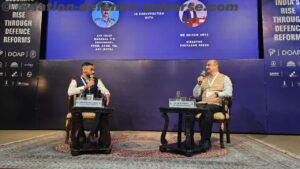 This tone was amplified in a compelling fireside chat between former IAF Chief Air Chief Marshal V.R. Chaudhari and event curator Shivam Arya, where the former emphasized the foundational shift towards jointness, AI-driven warfare, and theatre command structures. “We are now entering an era where jointness isn’t optional—it’s operationally essential,” Chaudhari stated. “AI will drive predictive warfare, not just reactive responses.”
This tone was amplified in a compelling fireside chat between former IAF Chief Air Chief Marshal V.R. Chaudhari and event curator Shivam Arya, where the former emphasized the foundational shift towards jointness, AI-driven warfare, and theatre command structures. “We are now entering an era where jointness isn’t optional—it’s operationally essential,” Chaudhari stated. “AI will drive predictive warfare, not just reactive responses.”
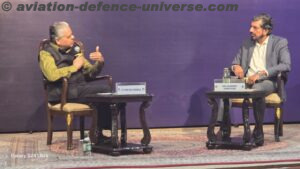 As warfare shifts beyond borders and into data streams, minds like Lt Gen Raj Shukla (Retd) and Sandeep Unnithan, renowned defence author and journalist, addressed the grey zones that increasingly define modern conflict. From drone swarms to misinformation, they dissected a battlefield shaped by ambiguity, decentralisation, and speed. “India must stop thinking in old binaries,” said Shukla. “We’re dealing with a tech-enabled adversary in an environment where the first mover wins. Reform must be fast, real, and tech-led.”
As warfare shifts beyond borders and into data streams, minds like Lt Gen Raj Shukla (Retd) and Sandeep Unnithan, renowned defence author and journalist, addressed the grey zones that increasingly define modern conflict. From drone swarms to misinformation, they dissected a battlefield shaped by ambiguity, decentralisation, and speed. “India must stop thinking in old binaries,” said Shukla. “We’re dealing with a tech-enabled adversary in an environment where the first mover wins. Reform must be fast, real, and tech-led.”
The event was equally a tribute to the evolving private defence ecosystem. Startups and defence tech pioneers were no longer viewed as mere suppliers but as partners in nation-building. “From vendor to vanguard” was the unofficial mantra echoed through the halls. From AI to space-based ISR and indigenous munitions manufacturing, Indian companies are now driving innovation hand-in-hand with the services, closing the gap between R&D and deployment.
At Kalam & Kavach 2.0, , Vice Chief of the Naval Staff (VCNS), Vice Admiral Krishna Swaminathan, AVSM, VSM delivered a compelling address emphasized the Indian Navy’s commitment to embracing technological advancements and fostering jointness across all military domains. Highlighting the importance of maritime security in India’s strategic calculus, the VCNS reiterated the Navy’s proactive role in integrating emerging technologies, such as artificial intelligence and cyber capabilities, to enhance operational readiness. He also stressed the significance of self-reliance in defence manufacturing, aligning with the broader national vision of Aatmanirbhar Bharat.
 His insights contributed to the conclave’s overarching goal of catalyzing actionable reforms and positioning India as a formidable, future-ready defence force. He added with pride that the Indian Navy has played a pivotal role in anti-piracy operations in the Gulf of Aden since 2008, establishing itself as a key maritime security provider in the region. Through initiatives like Operation Sankalp, the Navy has maintained a continuous presence, escorting merchant vessels and conducting surveillance to deter piracy threats. Notably, in March 2024, the Navy successfully rescued the hijacked MV Ruen, apprehending 35 Somali pirates and ensuring the safety of the crew. Such operations reaffirm India’s commitment to safeguarding international shipping lanes and contributing to global maritime security efforts.
His insights contributed to the conclave’s overarching goal of catalyzing actionable reforms and positioning India as a formidable, future-ready defence force. He added with pride that the Indian Navy has played a pivotal role in anti-piracy operations in the Gulf of Aden since 2008, establishing itself as a key maritime security provider in the region. Through initiatives like Operation Sankalp, the Navy has maintained a continuous presence, escorting merchant vessels and conducting surveillance to deter piracy threats. Notably, in March 2024, the Navy successfully rescued the hijacked MV Ruen, apprehending 35 Somali pirates and ensuring the safety of the crew. Such operations reaffirm India’s commitment to safeguarding international shipping lanes and contributing to global maritime security efforts.
Panel discussions delved into next-generation warfighting tools and tactics — ranging from artificial intelligence, drones, quantum computing, cyber warfare, and semiconductor technology, to space-based surveillance systems. Experts highlighted how these technologies are reshaping doctrines, deployments, and deterrence in the age of grey-zone and multi-domain warfare.
 Session I of Kalam & Kavach 2.0 opened with a deep dive into the evolving landscape of Emerging Technology and Future Warfare, a domain that is rapidly redefining the nature of conflict. No longer limited to traditional battlefields, warfare today spans land, sea, air, space, and cyberspace—each demanding a unique yet integrated approach to national defence preparedness. The session was moderated by Lt Gen PJS Pannu, PVSM, AVSM, VSM (Retd), Former Deputy Chief of Integrated Defence Staff, and featured a distinguished panel comprising Lt Gen Rakesh Kapoor, AVSM, VSM, Deputy Chief of Army Staff (Information Systems & Coordination); Maj Gen Pawan Anand (Retd) of USI-Cyber Peace Foundation; Ankit Mehta, CEO of IdeaForge; Dr (Prof) Nisha Kant Ojha, Distinguished Fellow at the Centre for Air Power Studies (CAPS); and Vinayak Dalmia, Co-founder of 3rditech. The discussion explored how future warfare will be shaped by technological innovation, with a strong focus on AI, drones, cybersecurity, and multi-domain operations, highlighting the urgent need for strategic adaptation in a rapidly digitising threat environment.
Session I of Kalam & Kavach 2.0 opened with a deep dive into the evolving landscape of Emerging Technology and Future Warfare, a domain that is rapidly redefining the nature of conflict. No longer limited to traditional battlefields, warfare today spans land, sea, air, space, and cyberspace—each demanding a unique yet integrated approach to national defence preparedness. The session was moderated by Lt Gen PJS Pannu, PVSM, AVSM, VSM (Retd), Former Deputy Chief of Integrated Defence Staff, and featured a distinguished panel comprising Lt Gen Rakesh Kapoor, AVSM, VSM, Deputy Chief of Army Staff (Information Systems & Coordination); Maj Gen Pawan Anand (Retd) of USI-Cyber Peace Foundation; Ankit Mehta, CEO of IdeaForge; Dr (Prof) Nisha Kant Ojha, Distinguished Fellow at the Centre for Air Power Studies (CAPS); and Vinayak Dalmia, Co-founder of 3rditech. The discussion explored how future warfare will be shaped by technological innovation, with a strong focus on AI, drones, cybersecurity, and multi-domain operations, highlighting the urgent need for strategic adaptation in a rapidly digitising threat environment.
 Session II of Kalam & Kavach 2.0, held from 02:00 PM to 03:10 PM, focused on the pivotal theme of Self-Reliance and Exports in Defence Manufacturing, echoing the national commitment to Aatmanirbharta under the broader vision of the Year of Defence Reforms. Moderated by Lt Gen Vinod Khandare, PVSM, AVSM, SM (Retd), Principal Advisor to the Ministry of Defence, the session brought together an influential panel comprising Smt Dipti Mohil Chawla, Additional Secretary, Department of Defence; Lt Gen RS Reen (Retd), Former DG, DGQA; Dr BK Das, DG, Electronics & Communication Systems, DRDO; Ashish Kansal, CEO, SMPP; and Suyash Singh, CEO, GalaxEye. The discussion highlighted the need for synergy between policymakers, industry, DRDO, startups, and academia to build a globally competitive, export-ready defence manufacturing ecosystem. The panel emphasised that self-reliance is no longer aspirational but a strategic imperative to ensure operational readiness, economic strength, and global security leadership.
Session II of Kalam & Kavach 2.0, held from 02:00 PM to 03:10 PM, focused on the pivotal theme of Self-Reliance and Exports in Defence Manufacturing, echoing the national commitment to Aatmanirbharta under the broader vision of the Year of Defence Reforms. Moderated by Lt Gen Vinod Khandare, PVSM, AVSM, SM (Retd), Principal Advisor to the Ministry of Defence, the session brought together an influential panel comprising Smt Dipti Mohil Chawla, Additional Secretary, Department of Defence; Lt Gen RS Reen (Retd), Former DG, DGQA; Dr BK Das, DG, Electronics & Communication Systems, DRDO; Ashish Kansal, CEO, SMPP; and Suyash Singh, CEO, GalaxEye. The discussion highlighted the need for synergy between policymakers, industry, DRDO, startups, and academia to build a globally competitive, export-ready defence manufacturing ecosystem. The panel emphasised that self-reliance is no longer aspirational but a strategic imperative to ensure operational readiness, economic strength, and global security leadership.
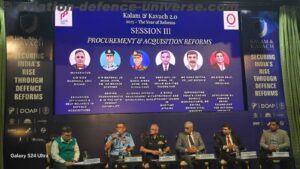 Session III of Kalam & Kavach 2.0, held from 03:30 PM to 03:45 PM, turned the spotlight on one of the most critical pillars of defence transformation — Procurement and Acquisition Reforms. Moderated by Air Vice Marshal Anil Golani (Retd), Director General of the Centre for Air Power Studies (CAPS), the session featured a high-powered panel comprising Air Marshal J S Mann, Director General Weapon System; Lt Gen Rahul R Singh, AVSM, VSM, Deputy Chief of Army Staff (Concepts, Doctrine & Systems); Commodore Anil Jai Singh, Vice President, Indian Maritime Foundation; Vikas Khitha, Vice President, L&T; and Kiran Raju, CEO of Indrajaal. Together, they offered sharp insights into how India’s procurement mechanisms can evolve to become more agile, transparent, and tech-driven. Discussions ranged from the role of private industry in driving innovation to the urgency of reducing acquisition timelines and the need to streamline procurement frameworks for a future-ready, indigenous defence ecosystem.
Session III of Kalam & Kavach 2.0, held from 03:30 PM to 03:45 PM, turned the spotlight on one of the most critical pillars of defence transformation — Procurement and Acquisition Reforms. Moderated by Air Vice Marshal Anil Golani (Retd), Director General of the Centre for Air Power Studies (CAPS), the session featured a high-powered panel comprising Air Marshal J S Mann, Director General Weapon System; Lt Gen Rahul R Singh, AVSM, VSM, Deputy Chief of Army Staff (Concepts, Doctrine & Systems); Commodore Anil Jai Singh, Vice President, Indian Maritime Foundation; Vikas Khitha, Vice President, L&T; and Kiran Raju, CEO of Indrajaal. Together, they offered sharp insights into how India’s procurement mechanisms can evolve to become more agile, transparent, and tech-driven. Discussions ranged from the role of private industry in driving innovation to the urgency of reducing acquisition timelines and the need to streamline procurement frameworks for a future-ready, indigenous defence ecosystem.
Kalam & Kavach 2.0 also addressed India’s ambitious defence manufacturing ecosystem. Key sessions focused on acquisition and procurement reforms aimed at streamlining processes, increasing transparency, and promoting Make-in-India capabilities. Public-private partnerships, defence exports, and innovation by MSMEs and startups were presented as the engines of India’s next-gen defence capability.
A recurring theme throughout the day was the need for jointness across the three services — the Army, Navy, and Air Force — with HQ IDS and CENJOWS emphasizing the importance of cross-domain operations across land, air, sea, cyber, and space. This integrated approach is central to the theatre command model being shaped under India’s defence reforms. Participants also examined contemporary maritime security paradigms, India’s naval readiness in the Indo-Pacific, and the strategic imperatives of technology-driven combat power.
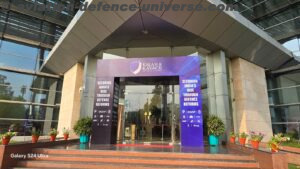 As the day concluded, the consensus was clear — India’s national security landscape is at an inflection point. The conversations at Kalam & Kavach 2.0 underscored the need for mission-mode reform, institutional continuity, and tech-driven capability building. With 2025 marked as a year of transformation, the festival reinforced India’s commitment to emerging as a technologically-advanced, combat-ready, and self-reliant defence power.
As the day concluded, the consensus was clear — India’s national security landscape is at an inflection point. The conversations at Kalam & Kavach 2.0 underscored the need for mission-mode reform, institutional continuity, and tech-driven capability building. With 2025 marked as a year of transformation, the festival reinforced India’s commitment to emerging as a technologically-advanced, combat-ready, and self-reliant defence power.
Three books published at the event reflected the innovative attitude and strategic vision that characterized Kalam & Kavach 2.0. Among these were India’s Arsenal: The Path to Self-Reliance in Ammunition Manufacturing, Artificial Intelligence in Military Applications, and Cyber Diplomacy. These works taken together draw attention to the rising need to close the gap between literature and leadership and to match defence policy with actual practice and indigenous capacity building.
 Bringing the day to a reflective yet resolute close, Maj Gen (Dr) Ashok Kumar, VSM (Retd), Director General of CENJOWS, emphasised the need for follow-up beyond the forum. “Let’s not let these ideas remain ideas. Let them be action points,” he said. Major General (Dr) Ashok Kumar’s views provided a clear and knowledgeable road map for India’s military development that welcomes indigenous innovation, jointness, cognitive warfare, and strategic autonomy. According to him the Armed Forces’ ability to protect India will be shaped by the interaction of policy, technology, and doctrine as they get ready for multi-domain operations. India’s defence future is being carefully shaped for continued global leadership in security and innovation, not only for the battlefield, as institutions like CENJOWS play key roles and projects like Kalam & Kavach 2.0 inspire strategic discussion.
Bringing the day to a reflective yet resolute close, Maj Gen (Dr) Ashok Kumar, VSM (Retd), Director General of CENJOWS, emphasised the need for follow-up beyond the forum. “Let’s not let these ideas remain ideas. Let them be action points,” he said. Major General (Dr) Ashok Kumar’s views provided a clear and knowledgeable road map for India’s military development that welcomes indigenous innovation, jointness, cognitive warfare, and strategic autonomy. According to him the Armed Forces’ ability to protect India will be shaped by the interaction of policy, technology, and doctrine as they get ready for multi-domain operations. India’s defence future is being carefully shaped for continued global leadership in security and innovation, not only for the battlefield, as institutions like CENJOWS play key roles and projects like Kalam & Kavach 2.0 inspire strategic discussion.
Curator Shivam Arya, whose vision has shaped Kalam & Kavach into a unique space where literature and leadership converge, concluded with a powerful reminder, “The conversations today must now become contributions. Kalam & Kavach 2.0 was more than a symposium—it was a statement. One that reiterated that India’s defence transformation begins with the power of thought, but must end in actionable, indigenised change. As 2025 unfolds as the Year of Defence Reforms, the event will likely be remembered as one of the moments where dialogue didn’t just reflect on the future—it helped define it.”
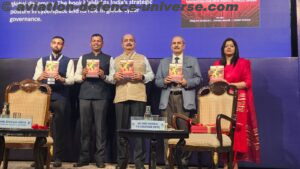 Kalam & Kavach 2.0 emerged as a landmark platform that is charting India’s defence reforms, one conversation at a time, bringing together top military minds, policymakers, strategists, and innovators under one roof. The event signaled a clear shift from thought to action, placing defence reform firmly at the center of India’s national agenda. With insightful discussions on AI, strategy, and self-reliance, the conclave reimagined the future of India’s defence ecosystem through the lens of emerging technologies and indigenous capability building. It was a space where participants not only explored the importance of defining doctrine for modern warfare but also addressed the need to disrupt outdated mindsets to meet contemporary security challenges. Above all, Kalam & Kavach 2.0 truly ignited the Year of Defence Reforms with vision and resolve, marking a decisive step in India’s journey toward a future-ready, resilient, and self-reliant military force.
Kalam & Kavach 2.0 emerged as a landmark platform that is charting India’s defence reforms, one conversation at a time, bringing together top military minds, policymakers, strategists, and innovators under one roof. The event signaled a clear shift from thought to action, placing defence reform firmly at the center of India’s national agenda. With insightful discussions on AI, strategy, and self-reliance, the conclave reimagined the future of India’s defence ecosystem through the lens of emerging technologies and indigenous capability building. It was a space where participants not only explored the importance of defining doctrine for modern warfare but also addressed the need to disrupt outdated mindsets to meet contemporary security challenges. Above all, Kalam & Kavach 2.0 truly ignited the Year of Defence Reforms with vision and resolve, marking a decisive step in India’s journey toward a future-ready, resilient, and self-reliant military force.


